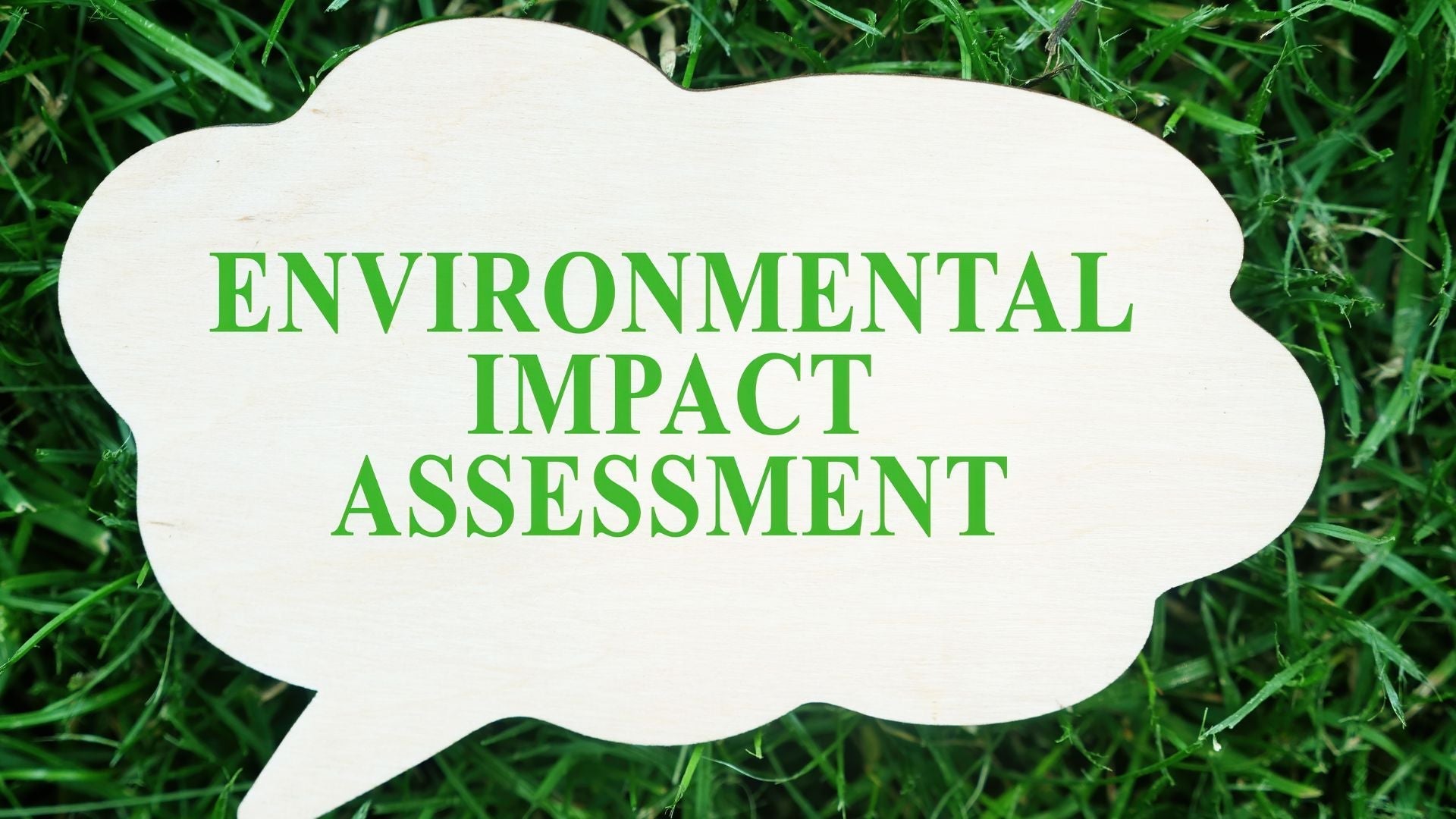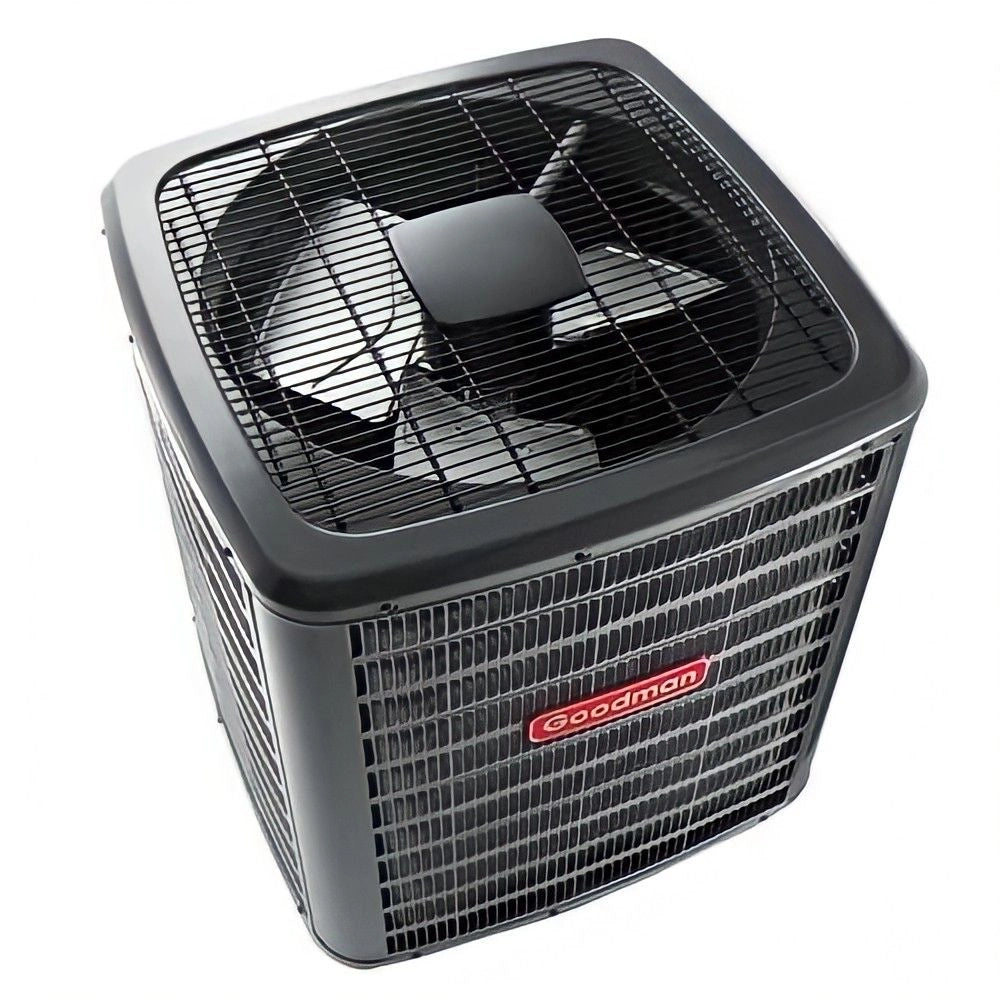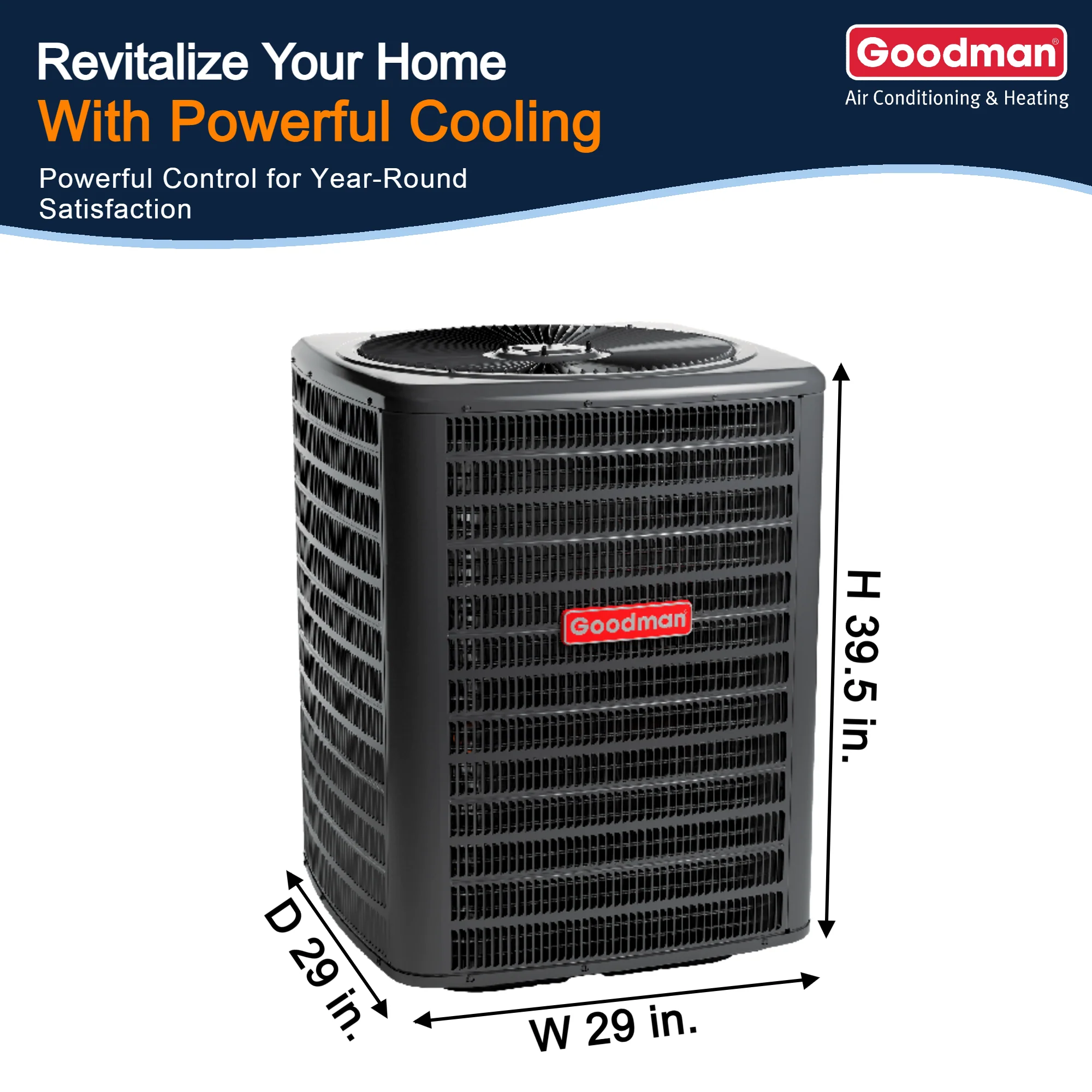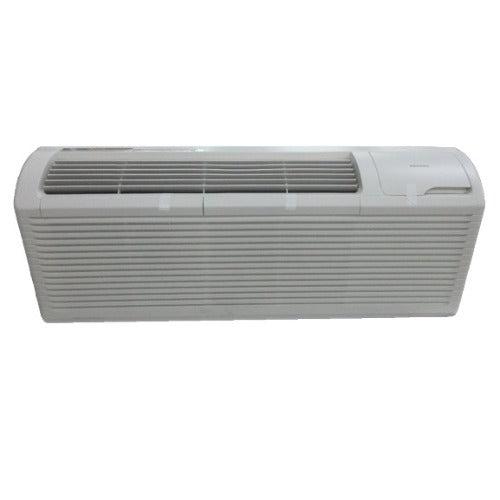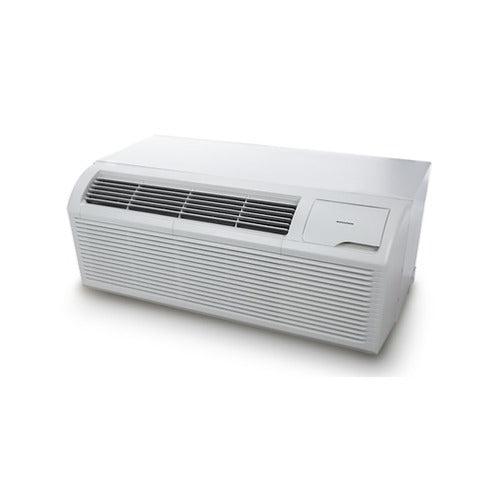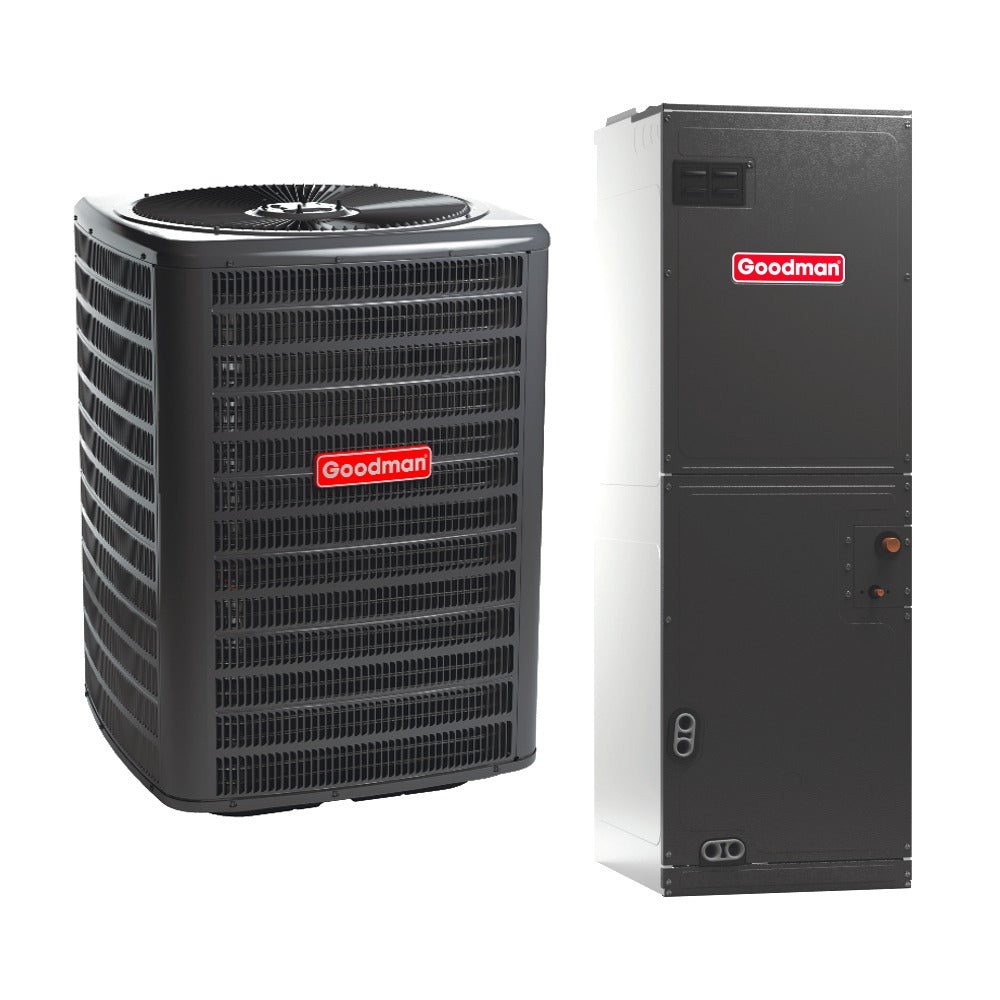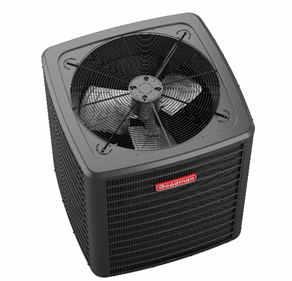The Environmental Impact of R-32 AC and Gas Furnace Systems
Introduction
With increasing concerns about climate change and carbon emissions, homeowners and businesses are seeking energy-efficient and eco-friendly HVAC solutions. The combination of R-32 air conditioners and high-efficiency gas furnaces offers an environmentally responsible alternative to traditional HVAC systems.
This guide explores the environmental benefits, carbon footprint reduction, and sustainability factors of R-32 AC and gas furnace systems.
For official energy efficiency standards, visit Energy Star’s Environmental Guide.
1. Why R-32 Refrigerant is a More Sustainable Choice
1.1 Lower Global Warming Potential (GWP)
- R-32 has a GWP of 675, significantly lower than R-410A (GWP 2,088).
- Reduces CO₂ emissions and contributes less to climate change.
- Increasingly adopted in eco-friendly HVAC regulations.
🔗 More on R-32’s Climate Benefits: Daikin’s R-32 Refrigerant Guide
1.2 Zero Ozone Depletion Potential (ODP)
- Unlike R-22, R-32 does not deplete the ozone layer.
- Helps meet global Montreal Protocol phase-out requirements.
🔗 More on Ozone-Friendly Refrigerants: EPA’s Refrigerant Phaseout Guide
1.3 Energy Efficiency Gains
- R-32 AC units offer 10-15% greater energy efficiency than R-410A models.
- Requires less refrigerant charge, reducing overall emissions.
- Works with inverter technology to minimize energy waste.
🔗 More on Energy-Saving HVAC Systems: International Energy Agency Report on Cooling
2. The Environmental Impact of Gas Furnaces
2.1 Carbon Emissions from Traditional Heating Systems
- Older gas furnaces with 80% AFUE waste 20% of fuel energy as emissions.
- Upgrading to a 96% AFUE gas furnace reduces CO₂ output.
- Newer models use modulating burners to optimize fuel use.
🔗 More on Reducing Furnace Emissions: Department of Energy’s Guide to Energy-Efficient Heating
2.2 Hybrid Heating Systems for Reduced Carbon Footprint
- Dual-fuel HVAC systems switch between gas and electric heat.
- Smart thermostats optimize fuel usage based on outdoor temperature.
- Reduces annual carbon footprint by 20-30% compared to conventional heating.
🔗 More on Hybrid HVAC Systems: Trane’s Guide to Dual-Fuel Technology
3. Recycling and End-of-Life Environmental Considerations
3.1 Safe Disposal of R-32 Refrigerant
- R-32 refrigerant must be recovered and recycled by certified technicians.
- Improper disposal can contribute to global warming emissions.
🔗 More on Refrigerant Recycling: EPA’s Refrigerant Recovery Guidelines
3.2 Sustainable Furnace Disposal
- Metal components in gas furnaces are 100% recyclable.
- Many manufacturers offer buy-back programs for old HVAC units.
- Reducing landfill waste lowers the system’s overall environmental impact.
🔗 More on Green HVAC Disposal: ASHRAE’s Guide to Sustainable HVAC Practices
4. The Future of Sustainable HVAC Systems
4.1 Upcoming Regulations for Low-GWP Refrigerants
- The Kigali Amendment to the Montreal Protocol aims to phase down HFC refrigerants like R-410A.
- R-32 is expected to be a primary refrigerant for new systems in the next decade.
🔗 More on Refrigerant Regulations: United Nations Environment Programme – Kigali Amendment
4.2 Advances in Green Heating Technology
- Heat pumps with low-GWP refrigerants are being integrated into gas heating systems.
- Research is focusing on hydrogen-powered furnaces to further reduce emissions.
🔗 More on Next-Gen Heating Systems: Carrier’s Research on Low-Carbon HVAC
5. Final Verdict: Are R-32 AC and Gas Furnaces Eco-Friendly?
✅ Best for:
✔️ Homeowners looking to reduce energy consumption.
✔️ Those seeking low-GWP refrigerant solutions.
✔️ Homes using dual-fuel technology for efficiency.
❌ May not be ideal for:
❌ Homes transitioning to fully electric heating solutions.
❌ Areas with strict gas furnace regulations.
❌ Those who prefer off-grid or renewable energy solutions.
Conclusion
Switching to an R-32 air conditioner and high-efficiency gas furnace is a step toward sustainability. With lower GWP refrigerants, high AFUE ratings, and reduced emissions, this combination significantly minimizes environmental impact while maintaining comfort and efficiency.
For eco-friendly HVAC solutions, explore The Furnace Outlet’s R-32 AC and Gas Furnace Collection.

